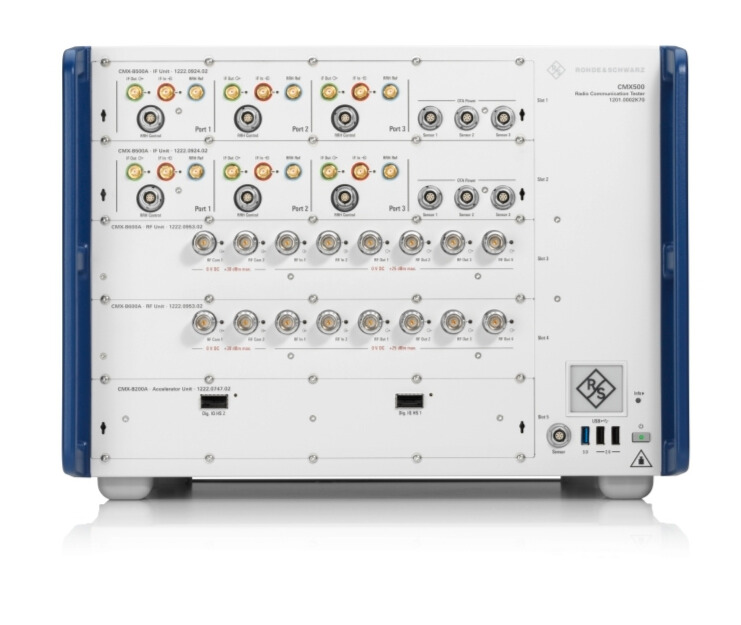Satellite companies, mobile network operators and device manufacturers are working to support cellular Non-Terrestrial Network (NTN) connectivity, in hopes of achieving ubiquitous coverage and profitable new services.
NTN connectivity is already appearing in flagship smartphones for emergency messaging and location-sharing services. Fledgling NTN services were used as part of hurricane response and recovery in the United States last year. As additional new satellites launch this year, NTN services are expected to become more widely available.
But that emerging ecosystem has to meet significant technical challenges, which go well beyond the already intense demands and complexities of terrestrial networks.
Goce Talaganov, wireless market segment manager and an NTN expert with Rohde & Schwarz, laid out some of the primary testing obstacles that have to be addressed in order to evaluate, measure and validate NTN devices and services.
One of the major challenges is properly emulating the radio channel as it would appear via satellite. In NTN direct-to-device connectivity, both the user equipment (UE) and the satellite are moving relative to each other, introducing new aspects such as dynamic Doppler and dynamic delay into the channel.
Meanwhile, multiple frequencies have this far been approved by 3GPP for NTN use, with additional bands expected to be added as well as channel bandwidths up to 200 megahertz. That might sound very much like cellular systems, but there’s a twist when it comes to NTN spectrum. Transmissions in the higher Frequency Range 2 bands must be Frequency Division Duplex (FDD) rather than Time Division Duplex (TDD), Talaganov explained. That’s a major change from terrestrial cellular networks.
On top of that, throw in numerous possibilities for the satellite constellations that provide the service: Multiple providers, with LEO, MEO and/or GEO orbit patterns, with hundreds (and eventually, thousands) of satellites beaming down moving cells. Given the distances, power levels and latency involved, handovers and mobility service continuity become a much more delicate proposition than they are in terrestrial networks.
Talaganov ticked off the many hurdles to successful NTN testing: “You have the complexity of the multi-band, and you have the complexity of multi-orbit. You need to be able to emulate the different frequencies, as well as the channel emulation according to different orbits,” he said. “And on top of that, you should be able to support complex scenarios for mobility—because at the end of the day, you need to be able to envision the whole service.”
Rohde & Schwarz’s flagship radio communications tester, the CMX 500, handles that complexity with separate, internal FPGAs for channel emulation and protocol/signaling, eliminating the need for multiple instruments. It can support conducted testing of NTN UEs in sub-6 GHz frequencies, but can also be used to test larger antenna arrays over-the-air in higher frequencies, when used in conjunction with an anechoic chamber and if necessary, a specially integrated robotic arm.

The system also brings NTN connectivity effectively down to Earth—at least when it comes to testing—by enabling engineers to use real-world information files from existing satellite constellations to test designs and devices against.
You can really create complex handovers,” Talaganov explained. That means, for example, being able to set up a scenario of direct-to-cellular UEs at a particular GPS location on Earth, choose a constellation, and the system will be able to figure out how many satellites will be covering the UEs and create the correct number of moving cells that reflect the direct-to-cellular propagation paths and environment. Conditional handovers can be set and tested, based on power, distance or other factors.
“You can really model all these different scenarios and test your UE. It’s very powerful,” he added.
Rohde & Schwarz will be demonstrating the NTN testing capabilities of the CMX 500 at Mobile World Congress Barcelona, Booth 5A80
Get additional information on NTN device testing solutions here

